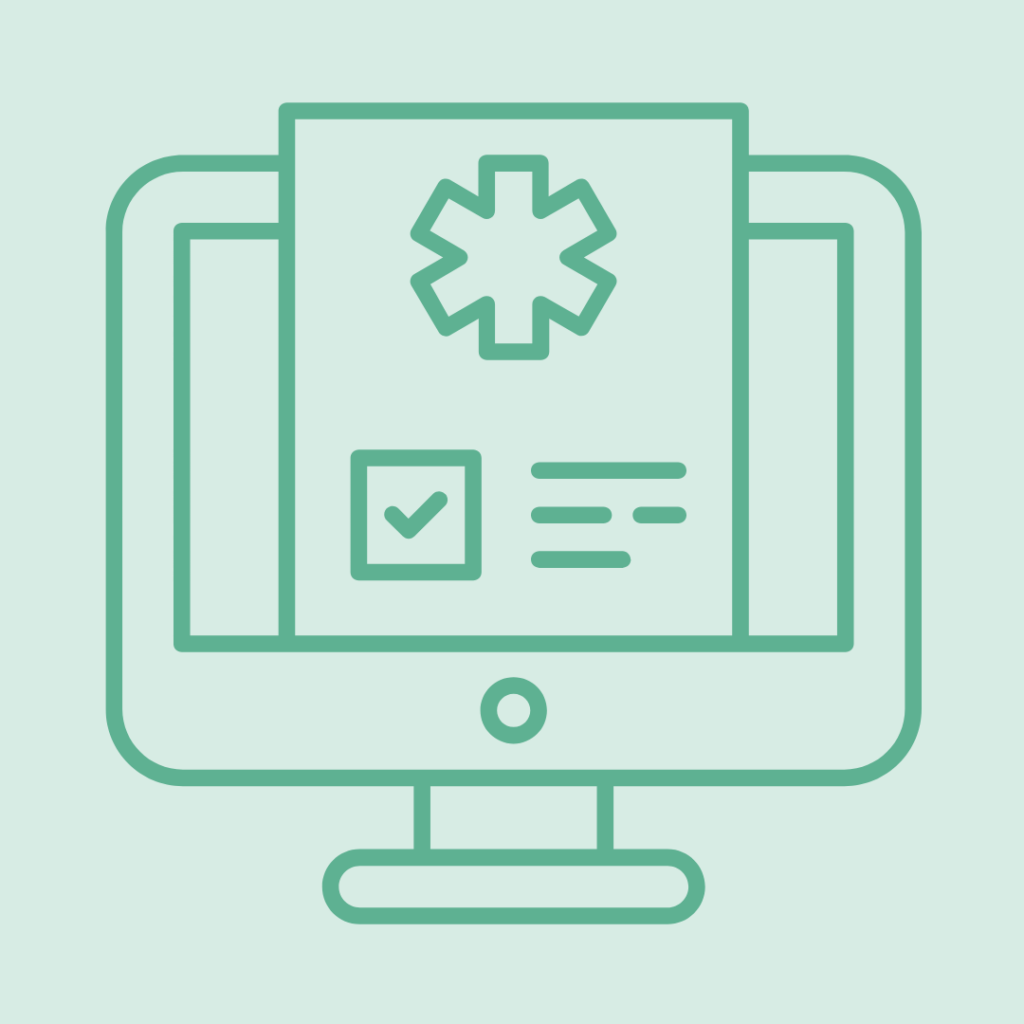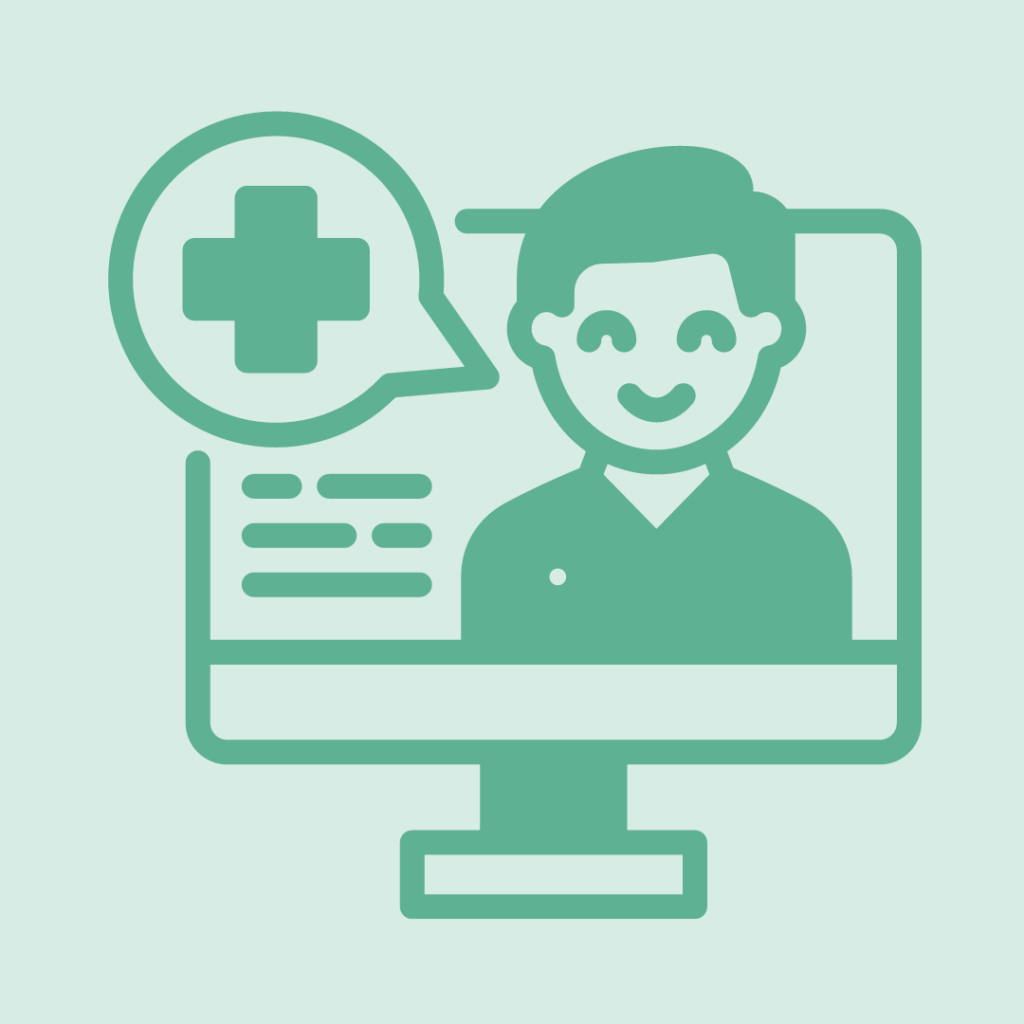Anaphylaxis Treatment
6am - midnight, 7 days a week
Accessible from anywhere in Australia.
eScript in minutes
Medication delivery
What is anaphylaxis?

Anaphylaxis Treatment Options

Online Prescriptions
- For when your script has run out
- Script sent to your phone
- Doctor approved

Telehealth Consultations
- When you need to speak to a doctor
- Online, Video & Phone Call or Message
- Fast access to medical advice
Medical Certificates
- For when your script has run out
- Script sent to your phone
- Doctor approved

Anaphylaxis symptoms
Symptoms of anaphylaxis can develop quickly and worsen within minutes. Common signs include:
- Difficulty breathing or wheezing
- Swelling of the face, lips, tongue, or throat
- Rapid or weak pulse
- Severe drop in blood pressure (shock)
- Hives, redness, or itching
- Nausea, vomiting, or diarrhea
- Dizziness or loss of consciousness
Understanding Anaphylaxis
Explore the causes, symptoms, and complications related to anaphylaxis.
Anaphylaxis is usually caused by severe allergic reactions to substances like foods (e.g., peanuts, shellfish), insect stings, medications, or latex. The immune system overreacts, releasing chemicals that can cause shock.
Symptoms can appear suddenly and may include difficulty breathing, swelling of the face or throat, hives, a drop in blood pressure, dizziness, nausea, or unconsciousness. Immediate medical attention is critical.
If not treated quickly, anaphylaxis can lead to life-threatening complications, including respiratory failure, cardiac arrest, and even death. Long-term, it may cause anxiety around exposure and impact daily life.

Need a Specialist Referral?Get Yours in a Few Simple Steps!
Skip the long clinic waits and get referred to a specialist in minutes. The process is fast, secure, and simple.
- Quick access to specialist referrals – no in-person appointments needed
- Telehealth consultations with trusted, licensed doctors
- Fast, reliable service – referrals sent directly to your chosen specialist
- Convenient and affordable healthcare from your home
- No hidden costs – just simple, upfront pricing
Frequently Asked Questions About Anaphylaxis Treatment
How is anaphylaxis treated?
The primary treatment for anaphylaxis is the administration of epinephrine through an auto-injector (e.g., EpiPen®). Epinephrine works quickly to reduce swelling, improve breathing, and stabilize blood pressure. Emergency medical attention should always follow the use of epinephrine to monitor for recurrent symptoms.
How does an epinephrine auto-injector work?
An epinephrine auto-injector is a pre-filled device designed to deliver a single dose of epinephrine into the thigh muscle. Once injected, it works within minutes to counteract the symptoms of anaphylaxis by:
- Constricting blood vessels to raise blood pressure.
- Relaxing airway muscles to improve breathing.
- Reducing swelling and hives.
When should epinephrine be used?
Epinephrine should be used at the first sign of a severe allergic reaction, such as difficulty breathing, swelling of the throat, or a sudden drop in blood pressure. Delaying treatment can increase the risk of complications.
Can anaphylaxis symptoms return after treatment?
Yes, a second wave of symptoms, known as biphasic anaphylaxis, can occur hours after the initial reaction. For this reason, it is critical to seek emergency medical care after using an epinephrine auto-injector, even if symptoms improve.
What are the side effects of epinephrine?
pinephrine is generally safe when used as prescribed. Possible side effects include:
- Increased heart rate.
- Tremors or shaking.
- Anxiety or restlessness.
- Temporary headache or dizziness.
- These effects are usually short-lived and less severe t
Can anaphylaxis be prevented?
Preventing anaphylaxis involves identifying and avoiding known allergens. Common strategies include:
- Reading food labels carefully.
- Communicating allergies in restaurants and medical settings.
- Wearing a medical alert bracelet.
- Carrying an epinephrine auto-injector at all times.
